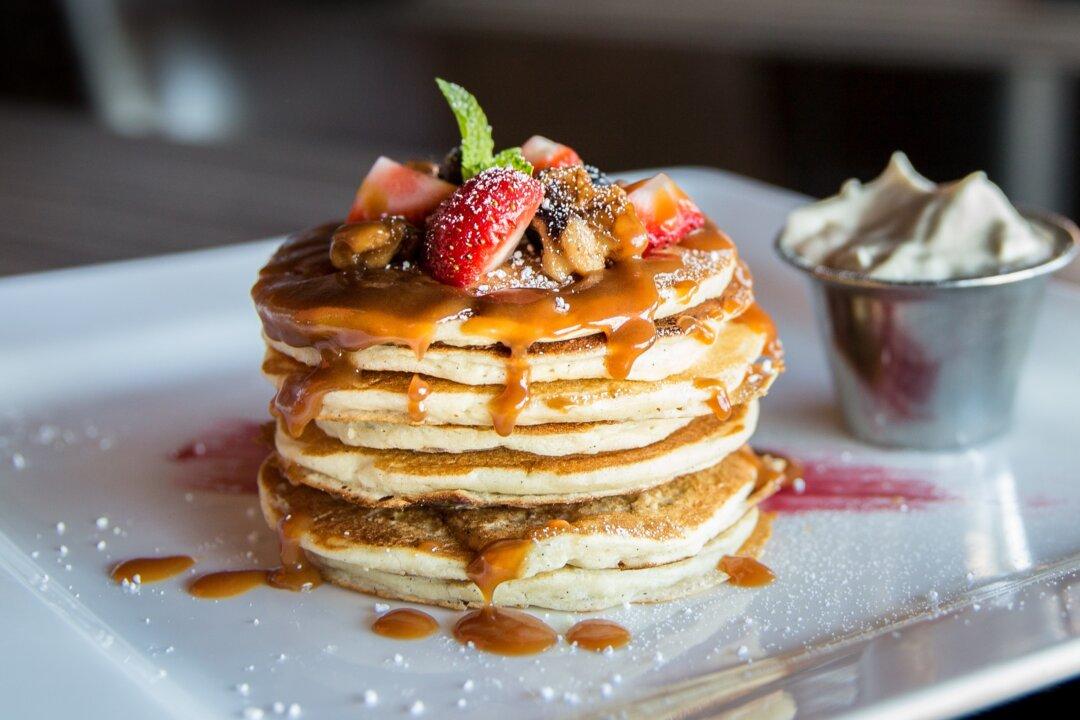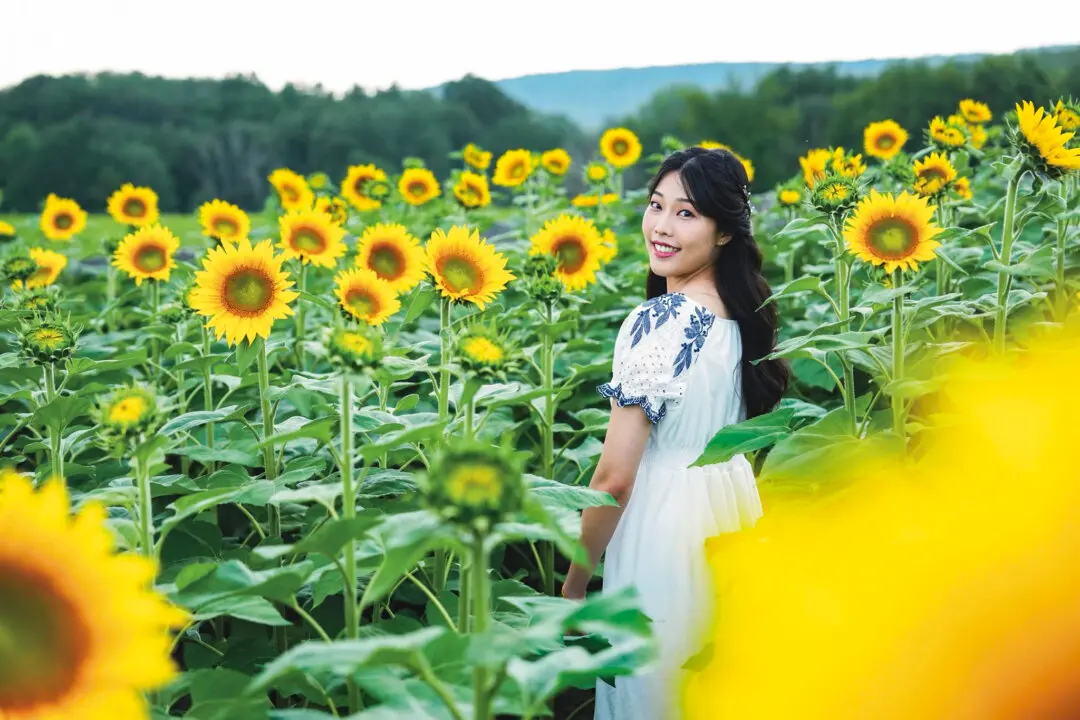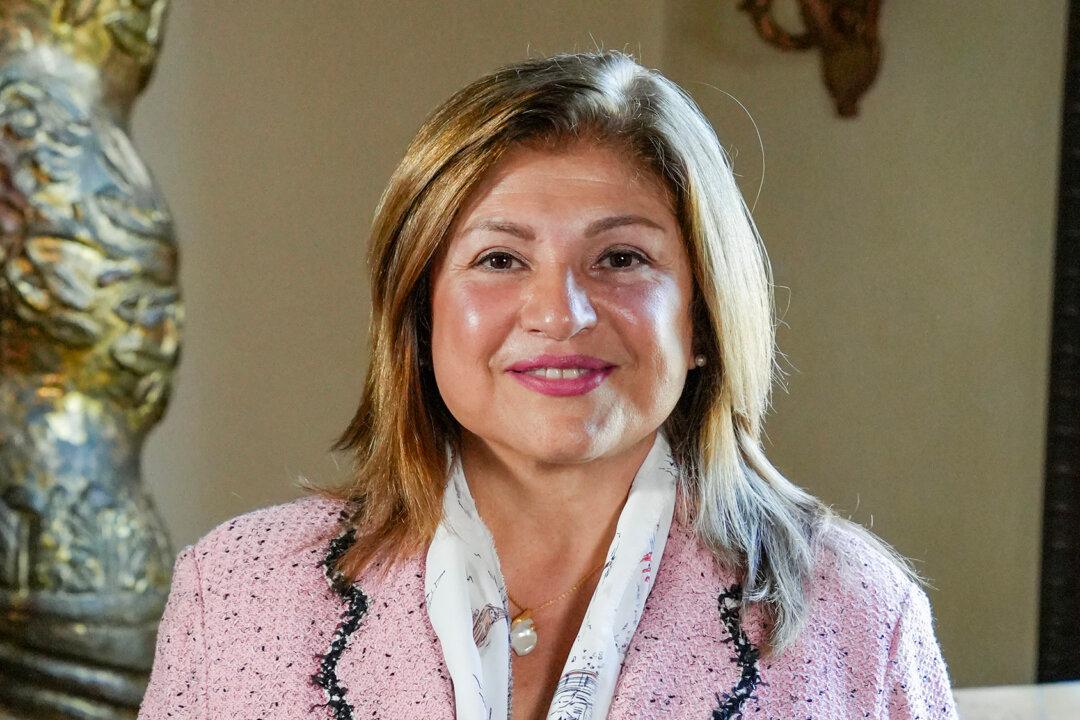SAN FRANCISCO—At the Russian Center of San Francisco, visitors tasted a bit of traditional Russia through three floors of food, music, and dancing on the weekend before the holiday known as Maslenitsa.
For Russians, Maslenitsa, also called Pancake Week or Butter Week, is an ancient holiday to welcome spring. This year, Maslenitsa runs from Feb. 24 to March 1.






